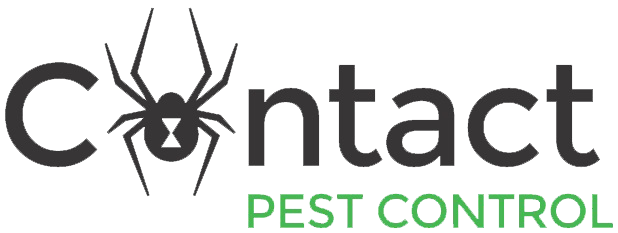Our Licensing, Credentials, and Safety Standards
For Pest Control Technicians in the U.S., there are strict rules and regulations because they handle hazardous chemicals. The exact requirements can vary by state, but here are the core regulations that apply everywhere:
1. Licensing & Certification
Must be licensed by the state where they work.
Requires passing exams on pesticide safety, application methods, and laws.
Ongoing continuing education is usually required to keep the license valid.
2. EPA & FIFRA Compliance
Governed by the Federal Insecticide, Fungicide, and Rodenticide Act (FIFRA).
Only use pesticides that are registered by the EPA.
Must follow the label exactly — “the label is the law.”
3. Safety Rules
Must wear proper PPE (personal protective equipment).
Required to follow re-entry intervals (REIs) before people/pets can go back into treated areas.
Keep pesticides stored, transported, and disposed of safely to prevent leaks or contamination.
4. Recordkeeping
Must keep detailed records of all pesticide applications (chemical used, where, how much, when).
Some states require these records be available to clients or inspectors for years.
5. Worker & Public Protection
Must follow the Worker Protection Standard (WPS) if applying pesticides in agricultural or greenhouse settings.
Notify property owners and residents before certain pesticide treatments.
Must not endanger water supplies, wildlife, or pollinators (strict rules around schools, waterways, and sensitive areas).
6. Restrictions
Some chemicals are classified as Restricted Use Pesticides (RUPs) — only certified applicators (or those under their supervision) can use them.
Illegal to apply pesticides in a way that harms people, pets, or the environment.
Our Safety Commitment
At Contact Pest Control, safety comes first. We follow all California Department of Pesticide Regulation (DPR) standards to ensure our work protects your family, pets, and the environment.
Our team participates in monthly safety training programs based on DPR guidelines, covering pesticide label interpretation, protective equipment, emergency response, and environmental best practices. By keeping our staff trained and up to date, we ensure that every treatment is performed responsibly and safely.
Continuing Education for Branch 2 Licenses
As a licensed Branch 2 operator, our technicians complete more than just the mandatory hours—they stay sharp, compliant, and up-to-date. Under California Code of Regulations Title 16 § 1950, everyone holding a Branch 2 license must complete 16 hours of continuing education every three years.
https://www.law.cornell.edu/regulations/california/16-CCR-1950
That includes:
At least 4 hours in technical topics directly related to Branch 2.
A minimum of 2 hours in Integrated Pest Management (IPM).
At least 8 hours covering Rules & Regulations under the Structural Pest Control Act or related laws.
At Contact Pest Control, our team meets and exceeds these standards—so you know treatments are performed safely, legally, and with professional integrity.
Insurance:
Bonded
Commercial Auto Insurance
General Liability Insurance
Workers Compensation Insurance
Licenses:
General Business License: Contact Pest Control(#GNB32019-00018)
Sacramento Country
Structural Pest Control Board License (#PR7648)
General Pest
Employees licenses:
Shaun Myrick: Structural Pest Control Board License (#OPR13057)
Operator - General Pest Branch 2
Katelyn Lewis: Structural Pest Control Board License (#RA63048)
Applicator - General Pest and Termite
Insecticides We Use
At Contact Pest Control, your family’s safety is our top priority. The products we use fall under the “Caution” label (EPA Category III), which means they are low in toxicity compared to stronger formulations.
For reference:
Caution (Category III) → low toxicity
Warning (Category II) → moderate toxicity
Danger (Category I) → high toxicity
By choosing only “Caution” products, we provide effective pest control while reducing risks for children, pets, and the environment.


